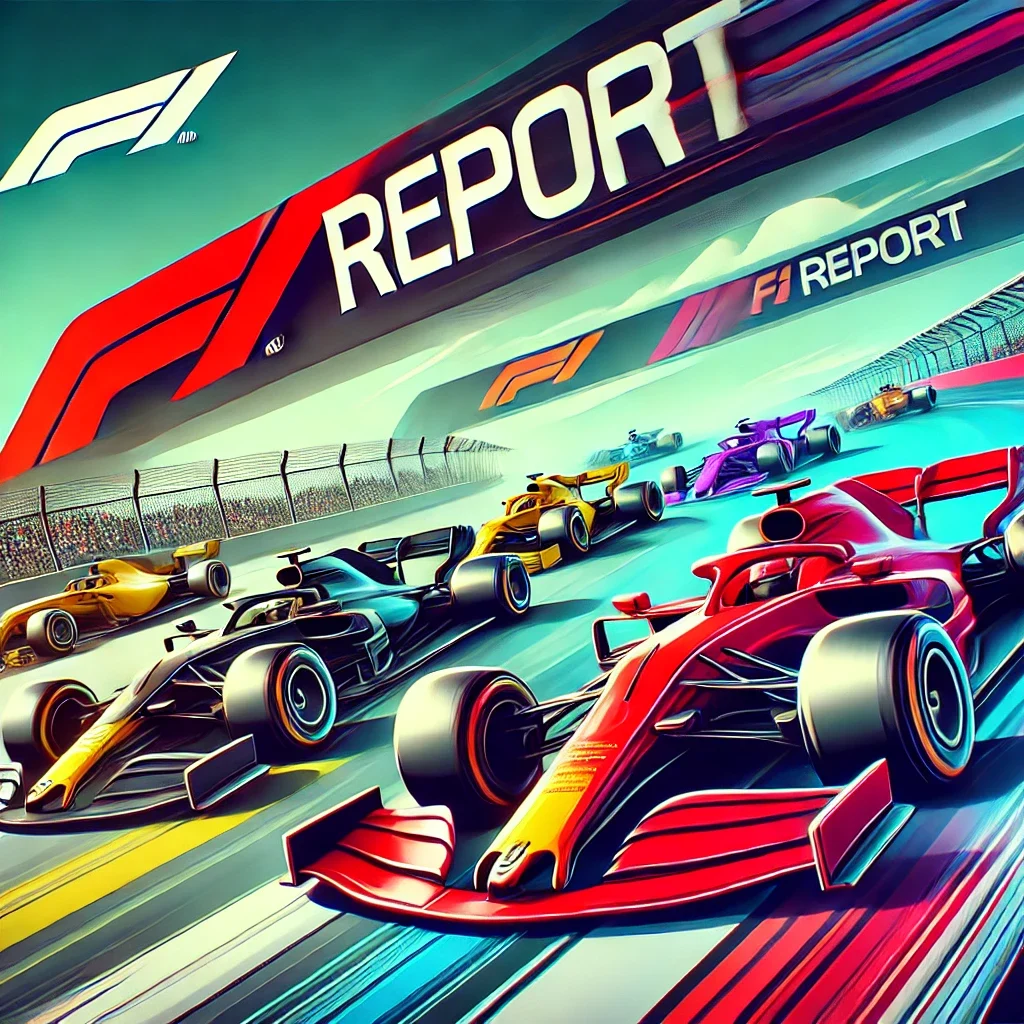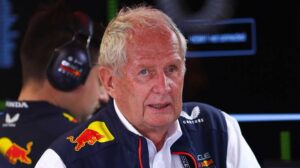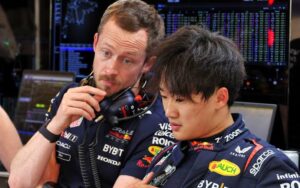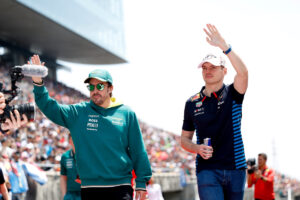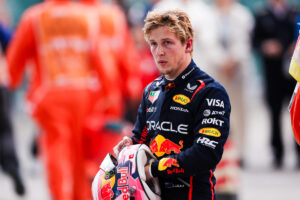Zak Brown’s Bold Take on F1’s Expanding Calendar and Iconic Circuits
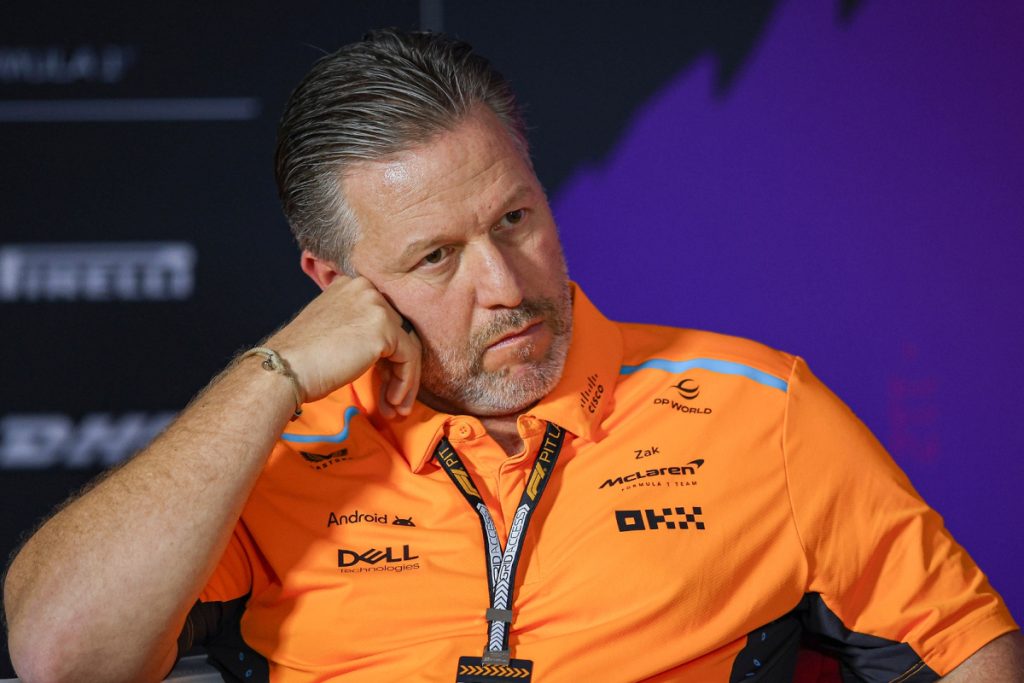
Zak Brown’s Bold Take on F1’s Expanding Calendar and Iconic Circuits
McLaren team boss Zak Brown has weighed in on one of Formula 1’s most contentious debates—its rapidly expanding calendar and the fate of its historic European circuits. Brown’s comments come as his McLaren team enjoys a resurgence in the 2024 season, leading the constructors’ championship and breaking Red Bull’s dominance.
While McLaren dominates the team standings, Red Bull’s Max Verstappen remains the favorite for the drivers’ title after a masterful victory at the Brazilian Grand Prix. McLaren’s Lando Norris has mounted a strong challenge this year, securing three Grand Prix wins and consistently pushing Verstappen. However, with Verstappen’s incredible form, the title still looks to be heading his way.
Looking ahead to 2025, McLaren will face tougher competition not only from Red Bull but also Ferrari. Ferrari’s upcoming lineup of seven-time world champion Lewis Hamilton and Charles Leclerc is expected to be a formidable pairing.
The 2024 F1 season has already made history with a record-breaking 24-race calendar. However, this has sparked intense debate about the sport’s direction. Iconic European tracks like Spa-Francorchamps, Silverstone, Monza, and Imola face uncertainty as Formula 1 increasingly prioritizes new venues to attract a growing global audience. Additions like the Las Vegas Grand Prix have been a massive hit, while countries such as Argentina—riding the wave of Franco Colapinto’s success—are vying for a place on the schedule.
The 2025 calendar will once again feature 24 races, reflecting the sport’s commitment to global growth. However, this fixed number means classic circuits may lose out to emerging markets. Recently, Formula 1 announced plans to rotate some European races in the future to accommodate new venues. While this decision aims to balance tradition and expansion, it has drawn criticism from fans who view historic circuits as integral to F1’s identity.
Zak Brown, however, has embraced the idea, offering a bold proposal that could reshape the calendar. Speaking to the media, Brown suggested, “Formula 1 and the FIA work closely together on decisions regarding the sport. In terms of the calendar, I think 24 races is really the maximum.” He continued, “I believe we should have 20 fixed races and eight that rotate every other year. This approach would allow the sport to expand into new markets where there is high demand.”
Brown’s idea of rotating races would enable Formula 1 to explore up to 28 different locations without exceeding the logistical and physical limits of a 24-race season. “Wouldn’t it be great if we were in 28 markets?” he added, emphasizing the potential for growth in regions like South America and Asia while preserving some of the sport’s traditional venues.
While his proposal could help balance tradition and innovation, it is bound to stir controversy. Many fans view historic tracks as irreplaceable pillars of Formula 1, with their rich heritage and challenging layouts forming an essential part of the sport’s DNA.
As F1 continues to grow, balancing its storied past with an ambitious future remains a significant challenge. Brown’s vision offers one potential solution, but whether it will satisfy both fans and the sport’s commercial ambitions remains to be seen.
